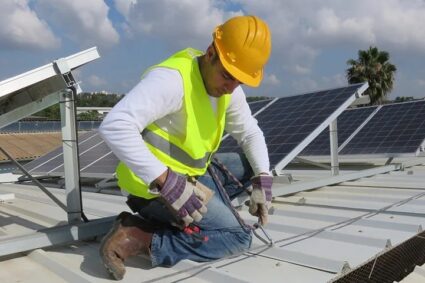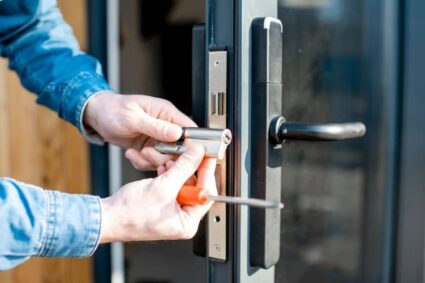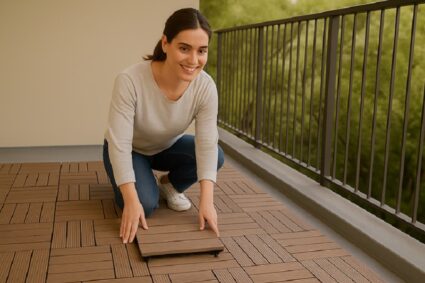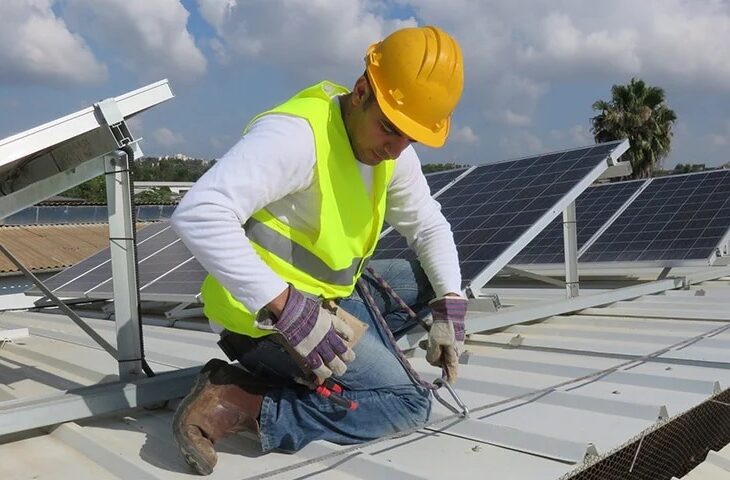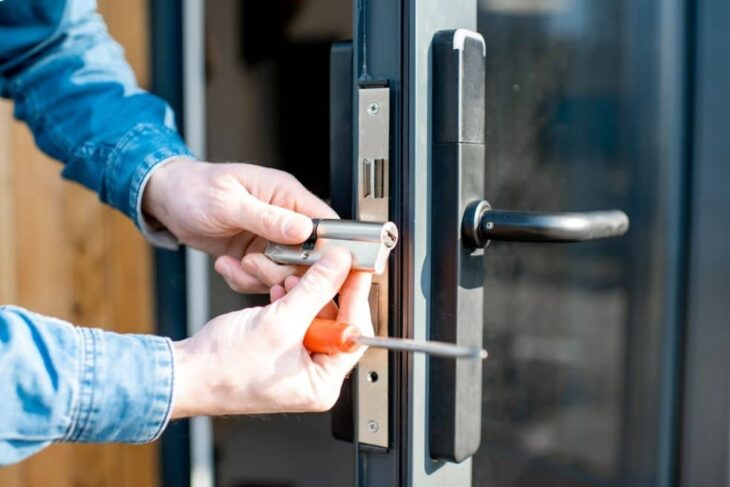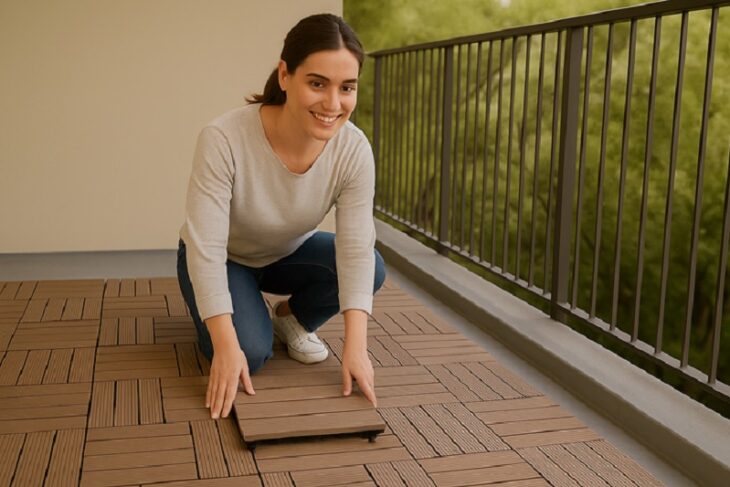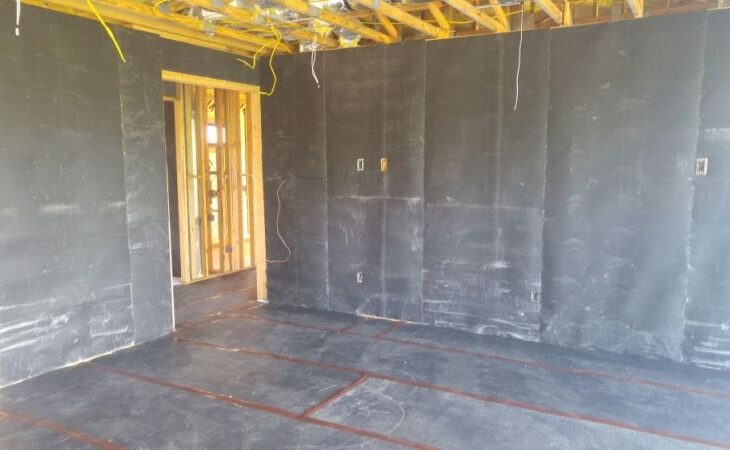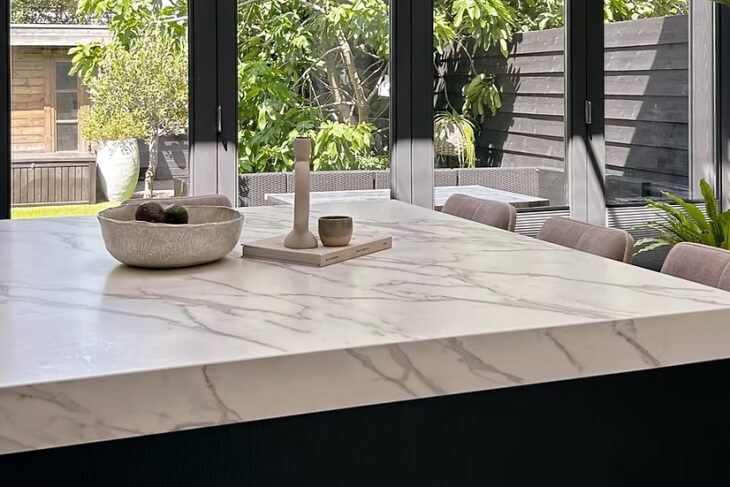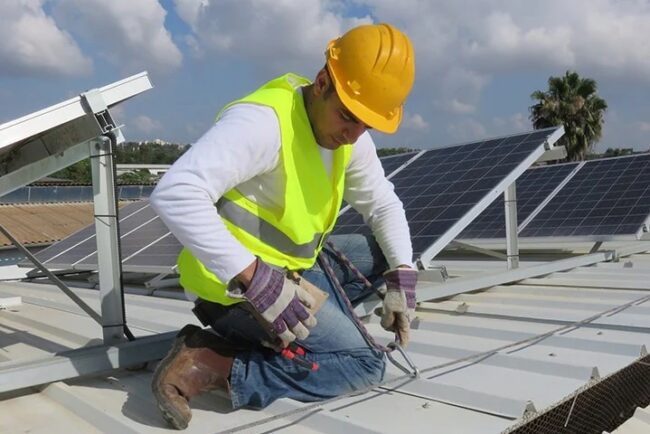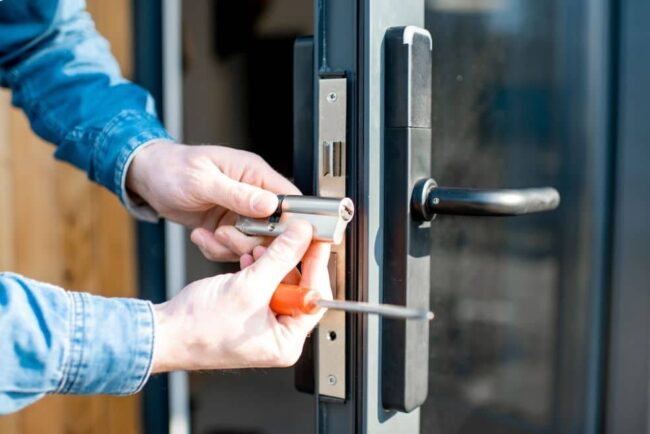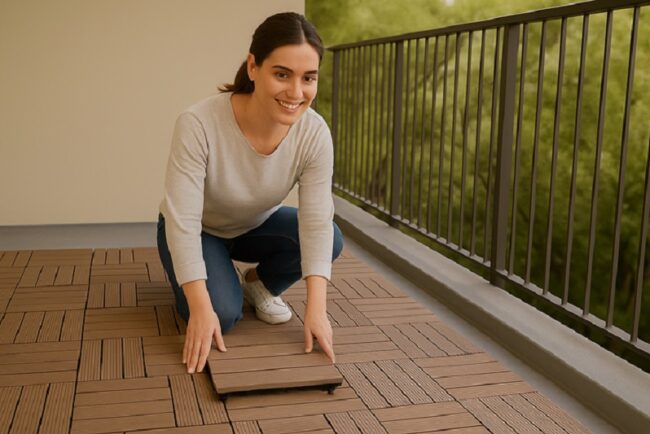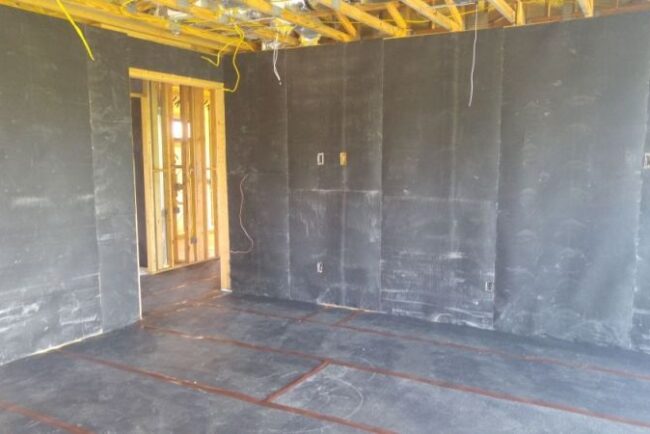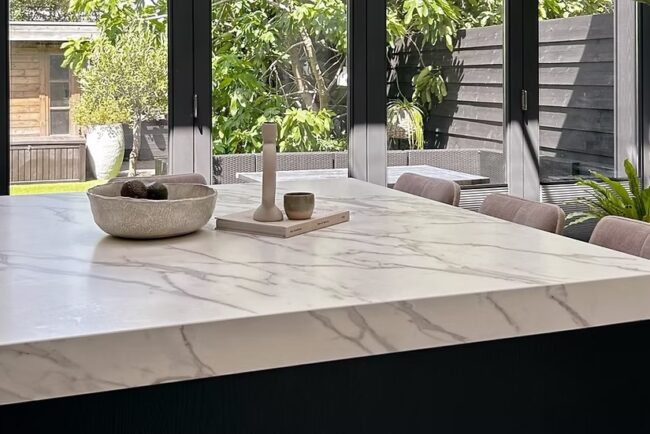
Your home is your sanctuary, your safe haven, and likely one of the most significant investments you’ll ever make. Unfortunately, it’s also a prime target for some of the most destructive pests out there – termites. Termites are silent invaders, capable of causing extensive and expensive damage before you even realize they’ve moved in. In this blog post, we’ll discuss the subtle but crucial signs of a termite infestation in your home, so you can take proactive steps to protect your property.
Mud Tubes and Shelter Tubes
One of the telltale signs of a termite infestation is the presence of mud tubes or shelter tubes. Termites build these tubes to provide safe passage from their underground colonies to their food source – the wood in your home. These tubes can often be found on foundation walls, in crawlspaces, or even on the exterior surfaces of your home. Mud tubes are typically about the width of a pencil and are made of soil, saliva, and termite excrement. If you spot these tubes, it’s a clear indication of termite activity.
Wood Damage
Termites are voracious eaters, and their primary diet consists of cellulose found in wood and wood products. When termites infest your home, they will tunnel through wooden structures, causing damage from the inside out. Signs of wood damage can include:
- Hollow-sounding wood when tapped.
- Cracked or bubbling paint on wooden surfaces.
- Wood that appears blistered or damaged, with tunnels running through it.
- Sagging or buckling wooden floors.
- Discarded Wings
Termites go through a life cycle that includes a swarming stage where they leave their colonies to establish new ones. During this process, they shed their wings, which can be a clear sign of termite activity. Finding discarded termite wings near windowsills, light fixtures, or spider webs could indicate a nearby termite colony.
Visible Swarms
In some cases, homeowners may witness termite swarms, especially during the warmer months when termites are more active. Swarms occur when reproductive termites, also known as alates, emerge from the colony to find mates and establish new colonies. Seeing a swarm of flying termites in or around your home is a strong indicator of an existing termite problem.
Cracked or Uneven Paint
Termites can cause paint to crack or become uneven as they tunnel through the wood beneath the painted surface. If you notice that your paint is showing signs of damage, especially if it’s on wooden surfaces, it’s worth investigating further for termite activity.
Bubbling or Warped Wallpaper
Like paint, wallpaper can also be affected by termites. If you observe bubbling or warping in your wallpaper, it could be due to moisture produced by termite activity beneath the surface. Termites need a controlled environment within their tunnels, and they maintain high humidity levels, which can lead to these visual indicators.
Hollow-Sounding Timber
When you tap on wooden surfaces in your home, they should typically produce a solid sound. However, if the wood is infested with termites, it may sound hollow when tapped. This is because termites consume wood from the inside, leaving only a thin layer on the surface.
Frass (Termite Droppings)
Termite droppings, known as frass, are tiny, pellet-like fecal matter that termites push out of their tunnels. These droppings can accumulate in and around infested wood, creating small piles that resemble sawdust or sand. If you come across frass, it’s a strong indication of termite activity.
Conclusion
A termite infestation can go unnoticed until it causes significant structural damage to your home. Being vigilant and identifying the signs of termite activity early can save you from costly repairs and extensive damage. If you notice any of the signs mentioned in this article, it’s crucial to contact a professional pest control service immediately. Timely intervention can help protect your home and preserve its value for years to come, ensuring that it remains the safe and comfortable sanctuary you’ve always known it to be.


